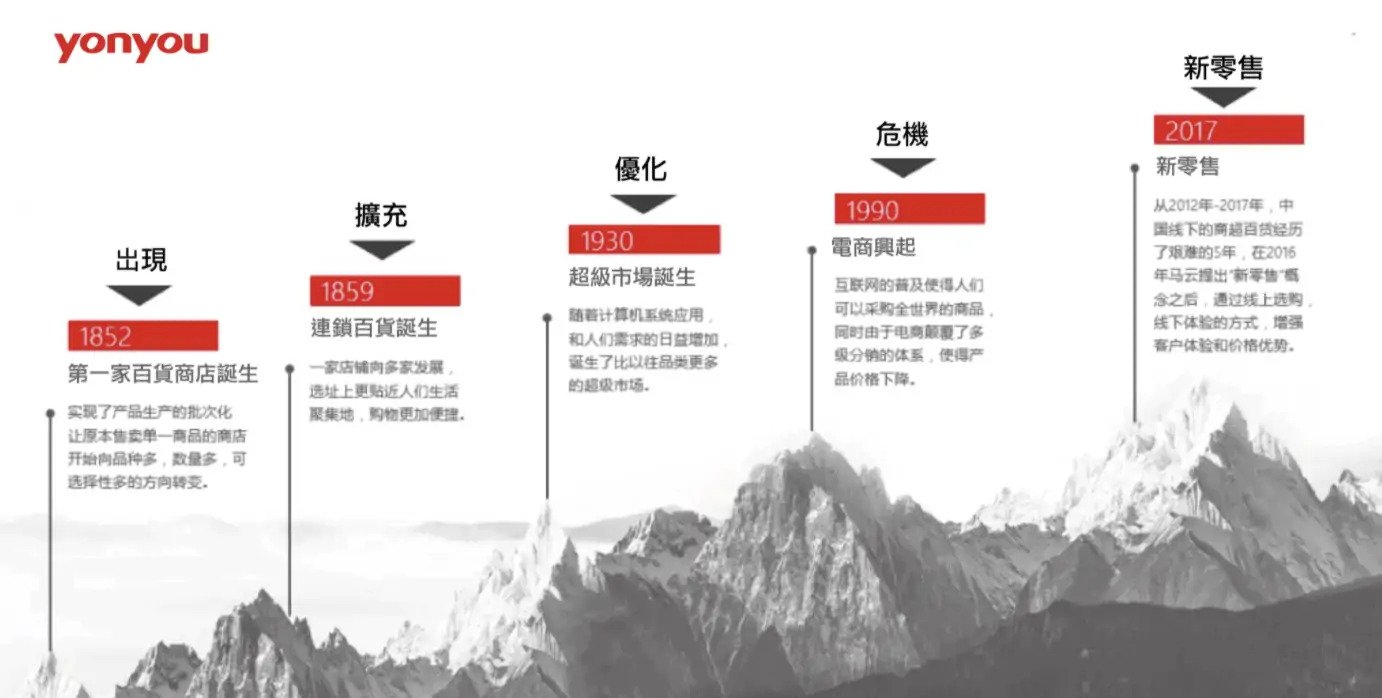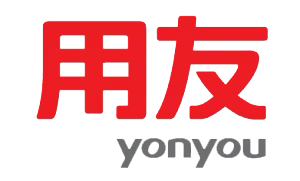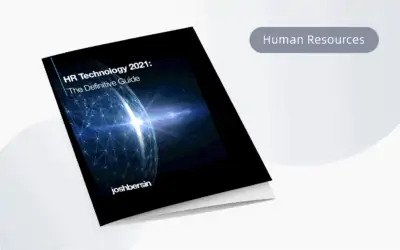the-development-trend-and-dilemma-of-modern-retail-industry
Retail Revolution|Development Trends and Difficulties of Modern Retail Industry

"Retail" is one of the oldest forms of trade. The modern retail industry we are talking about now actually started with the birth of the first department store in 1852. After nearly 170 years of development, the retail industry has undergone several changes, from department stores to chain stores to supermarkets, the retail industry has always revolved aroundcost,efficiencyandto experienceThree elements.
The overall development trend of the retail industry

The rise of e-commerce in 1990 brought unprecedented impact to the entire retail industry, and quickly brought the retail industry into the core area of the digital wave. In recent years, the growth of total retail sales of consumer goods in Hong Kong has slowed down, especially under the influence of the epidemic in 2020, the total retail sales of social consumer goods have experienced negative growth. Traditional retail stores are once again facing a new crisis.
1. Retail sales growth has slowed down in recent years
Since 1982, Hong Kong's retail industry has been showing a good momentum of development. It took only about 15 years for the sales volume index of the retail industry to double from 53.6 (left in the figure). However, in the past five years, due to the slowdown of economic development, the growth of retail sales has slowed down. In February 2020, it recorded the largest single-month decline in history, with a year-on-year decrease of 44%. Due to the downward pressure of the economy, the transformation of the traditional retail industry is imperative (right).

2. There is a lot of room for improvement in online shopping
Market research firm NielsenIQ found that online home shopping recorded a significant growth of 46% in Hong Kong in 2020. The number of times consumers shop online in 2020 has increased by 75%, which is obviously higher than the increase in the penetration rate of online consumption. Hong Kong consumers spend 2.5 times more online than in physical stores, and the amount spent per consumer has increased by 52% compared to 2019.
3. Transformation is always centered around the consumer
The retail market has always been inseparable from the three core elements of "people, goods, and markets". Through continuous trials and data, the three are reconnected and reconstructed. Among the three, "people" is the most complicated factor. Whether it is a product or a market, it should focus on people's needs and experiences. In recent years, "people" have been continuously segmented. The vigorous development of community stores is a successful case of crowd segmentation.
4. Live streaming will become the mainstream
Under the influence of the sudden outbreak in 2020, the retail industry, which originally provided services to customers face-to-face, was suddenly unable to contact customers. If it is said that before 2020, traditional retail department stores still had a little bit of luck in digital transformation, then under the acceleration of the epidemic, this bit of luck will also be reduced to nothing.
Difficulties facing the retail industry
Under the influence of the above trends, the digital transformation of the retail industry is imperative. However, we also found that the integration of online and offline is the hottest topic in new retail, but the speed of integration can reveal the flexibility and strength of an enterprise, and even affect the future development of the enterprise. According to UFIDA’s tracking analysis and insight into the retail industry, the retail industry generally faces the following four dilemmas:
1. Talent is hard to find
63% of employees in Hong Kong's retail industry have a high school education or below. According to government human resources data, the proportion of employees with a bachelor's degree or above is only about 25%. The overall low income of the retail industry has led to a large brain drain. In the current era of digital transformation, it is even more difficult for the retail industry to attract qualified professionals with digital capabilities.
2. Difficult to break through in operation
The current cadres in the retail industry are of an older age group, most of whom are born in the 70s. Most of them are not determined enough for digital transformation, and they are relatively conservative. It is difficult to break the situation and promote business innovation. In terms of organizational structure, most of them follow the deep well-style and bureaucratic organizational structure, and it is difficult to break the "departmental wall". Whether it is building a platform organization or learning the "Amoeba" operating model (Amoeba operating), successful cases of traditional retail stores are rare.
3. Difficult to increase profits
Due to the obvious price orientation of consumers in Hong Kong and the relatively small differences in the quality and service of most products in the market, it is difficult for retail stores relying on traditional sales methods to increase their profits. Foreign brands such as Walmart and METRO have long realized this, extended their industrial chains, and created their own brands. Domestic brands such as Hema are also continuing to enter the ranks of food deep processing. The ability and quality requirements of employees in the retail industry are gradually shifting from sales to more professional services.
4. Difficult to popularize digital awareness
Under the three-point interaction of talent hard to find, difficult to break through in business, and difficult to increase profits, practitioners who are familiar with the retail industry and have digital awareness are almost rare. After many companies spend a lot of money to introduce digital professionals, due to organizational rigidity and serious problems in internal coordination, these people cannot play the role they originally expected. And because there is no mature transformation methodology and service partners, it is difficult to popularize digital awareness. Digital transformation becomes a theory on paper.
epilogue
Against the background above, how the human resources department can help the enterprise to survive the crisis is the topic that organizations are most concerned about at present.
UFIDA has paid close attention to the entire retail industry for many years, combined with the trend of digitalization, and after close cooperation with leading customers of many retail enterprises such as Kidswant, Yinlu, Lushang Group, Chow Sang Sang, etc., it has sorted out a set of solutions for the digital transformation of human resources in the retail industry. Through organizational restructuring, service empowerment, talent activation, and data intelligence, UFIDA helps enterprises build resilient organizations and win the future.


